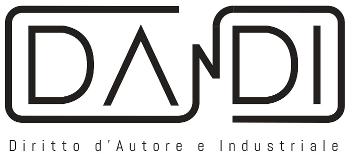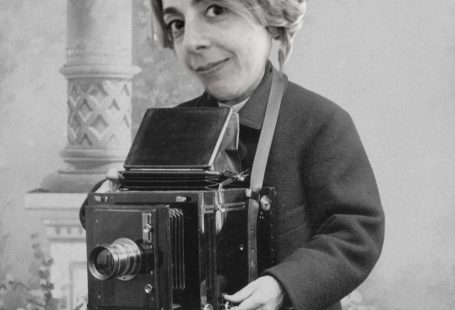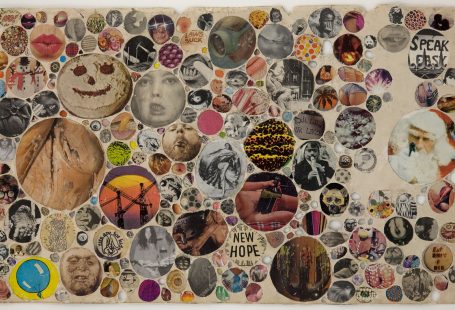Creating inventive ideas template and commercial exploitation
While inventive ideas differ radically in their content, their potential for commercial exploitation and in the parameters of legal protection that are open to them, it is good for a business to develop its own internal discipline for recording and evaluating them before taking any further steps.
Creating inventive ideas template
What is an ideas template?
If the idea is of potential value and is patentable, then the inventor should complete such an inventive ideas template. Completing the template should be considered as the first step in the patent creation process but it does not constitute the filing of the patent application.
The template should be completed for each discovery or inventive idea that has some potential commercial value or represents a breakthrough in technology.
Contents of an invention template
The template may consist of the following sections:
- The title of the inventive idea
- Inventors details
- Additional contributors to the inventive idea
- Is the inventive idea related to a specific project or program?
- Technology area of the inventive idea
- Does the inventive idea relate to a Standard?
- A summary of the inventive idea
- A more detailed description of the inventive idea, together with any figures or drawings
- Description of all known, related prior art
- Will the inventive idea be disclosed publicly?
- Reference material
Inventive idea title
The title should be defined in one sentence and capture the essence of the inventive idea, although this may or may not be the same as the title of the subsequent patent application filed at the Patent Office. This is important to note, as it can cause confusion later if they are not identical.
Inventor details
Inventor details need to be defined well.
This means their full given name, home address, telephone number, email address, nationality, employers name and address etcetera so they can for example be contacted when they are needed to sign papers.
Inventive idea ownership
Who is the inventor? If multiple inventors are involved, then such information is also extremely important.
The rules on inventor ownership are quite clear and derive from the rules for patentability.
To be patentable, an idea must not only be novel, but must also involve an inventive step, which is an insight that is not obvious to someone possessing reasonable skill in the relevant technical area. Anyone who contributes something novel and non-obvious must be named as an inventor on the patent application. But someone who has not contributed in this way must not be so named. If inventors are omitted from the application, or if non-inventors are included, any patent/s granted can subsequently be invalidated, so it is very important that this information is correct at the outset.
Joint ownership of an inventive idea
Is the inventive idea based on a joint effort with another company or organization? If the answer is yes, then it is important that the inventor specifies the other company involved, discloses any relevant agreement or contractual details they may have with this other company, and provides the necessary key contact details.
Project details
Does the inventive idea relate to a specific project?
If yes, then the inventor should identify the name of the project and provide further relevant and helpful details.
Technology area
The primary technology area of the inventive idea needs to be specified and classification systems exist to help guide the inventor here. A Patent Classification is a code which provides a method for categorizing the invention. In the US Patent Classification (USPC) system, classifications are typically expressed as “482/1”. The first number, 482, represents the class of invention and the number following the slash is the subclass of invention within the class. There are approximately 450 Classes of invention and 150,000 subclasses of invention in the USPC.
Standards-related
Is the inventive idea planned to be contributed to a “Interoperability Standard”? If yes, then the inventor should give the name of the standard and the Standards Setting Organization (SSO) plus the date when it is planned that the invention is to be contributed.
Invention summary
A short summary of the inventive idea should be requested in the invention report template and it is helpful to ask certain specific questions such as:
- What problem is solved by the invention?
- What are the existing solutions and what limitations do these solutions have?
- What are the novelty features and the benefits of this invention?
Technical documents, figures and drawings should then be attached to explain the invention in more details.
Prior art
Is the inventor aware of the prior art, which is any evidence that your invention is already known? An existing product is the most obvious form of prior art but prior art does not necessarily need to exist physically or be commercially available. It is enough that someone, somewhere, at some point in time has previously described, shown or made something that contains a use of technology that is very similar to your invention.
Search engines on the internet are familiar to everyone browsing the world-wide-web and there are a variety of patent specific search engines available for use, with some being free of charge, which allow you to search through various patent databases. These can prove extremely useful, for example, when conducting prior art searches. There are also some patent search tools that are provided by national, regional and global Patent Offices, while others are actual commercial products on sale from specialist companies, usually with some extra ‘bells and whistles’ attached to give some additional value add to the user. Patent search tools allow you to search through various databases looking through patent claims, using the complete text from an invention disclosure, or free form text.
There are tools for analyzing existing patent data and many people have begun to make increasing use of such patent information.
Public disclosure
Is the inventive idea expected to be publicly disclosed in any way, and if so, when? An inventive idea is considered public if it is disclosed in any way. An example could be a publication, university thesis, technical presentation, product user manual, service manual, inter-operability standards specification, a website or a submission to a technical seminar.
Reference material
From the inventor’s perspective, the invention report is the first disclosure of the invention and should include a list of references which relate to that invention but no background references should be quoted in the report. An Information Disclosure Statement (IDS) is essentially a list of any references that relate to the invention and the full reference must be stated including the author, publisher, ISBN, chapter and page numbers. The number of pages quoted should be less than ten so as not to infringe any Copyright laws. Typically, there should be between three and five references listed in the document. If the inventor has not fulfilled their obligations under the IDS document, the Patent Attorney prosecuting the case will receive a Notification of missing parts and be given an opportunity to correct this.
Other things to consider
The items listed above are not exhaustive, and there may be other things to consider adding into your invention report template including
- Product information
- Agreement and contract information
- Links to note books
Final thoughts
As stated previously, one simple yet effective way to build some discipline into the invention handling process is to define a standard template for inventive ideas generated by the inventor community.
You can find the full article wrote by Donal O’Connell on Aistemo’s blog.
See also: https://ipcopy.wordpress.com/2016/03/31/creating-an-inventive-ideas-template/; https://business.tutsplus.com/articles/15-creative-powerpoint-templates-for-presenting-your-innovative-ideas–cms-26667
Dandi Law Firm provides legal assistance in Copyright. Check out our Services or contact Us!






